Product details
Camarasaurus Grandis Tail, Wyoming, 15 foot long
Camarasaurus grandis, a colossal herbivorous dinosaur, roamed the prehistoric landscapes of what is now modern-day Wyoming during the Late Jurassic period, approximately 155 to 145 million years ago. Belonging to the sauropod family, Camarasaurus was among the most common and well-known dinosaurs of its time, characterized by its immense size, long neck, and robust body.
The name Camarasaurus, derived from Greek words meaning “chambered lizard,” reflects the distinctive hollow chambers found in its vertebrae, which likely served to lighten its enormous frame without sacrificing strength. These air-filled bones contributed to its ability to support its massive weight while allowing for efficient movement.
One of the most striking features of Camarasaurus grandis was its long neck, which could reach lengths of up to 30 feet, allowing it to graze on vegetation high above the ground, likely including ferns, cycads, and conifers. This adaptation granted it access to food sources that were out of reach for many other herbivorous dinosaurs, giving it a competitive advantage in its ecosystem.
Despite its massive size, Camarasaurus grandis was not the largest sauropod of its time, with specimens typically reaching lengths of around 50 to 60 feet and weighing several tons. Nonetheless, it was still an imposing presence in its environment, and its size would have provided some protection against predators.
The discovery of numerous Camarasaurus fossils in Wyoming, particularly in locations such as the Morrison Formation, has provided paleontologists with valuable insights into the anatomy, behavior, and ecology of these ancient creatures. Fossil evidence suggests that Camarasaurus may have lived in herds, similar to modern-day elephants, which could have provided protection against predators and facilitated mating and parental care.
Despite its dominance during the Late Jurassic period, Camarasaurus grandis eventually faced extinction, likely due to a combination of environmental changes and competition from other herbivores. However, its legacy lives on through the numerous fossils that have been unearthed and studied, shedding light on the remarkable diversity and evolution of dinosaurs during the Mesozoic Era.
Prehistoric 101 (Learn about fossils, minerals, and meteorites)
Discovering Prehistoric Life and Fossils















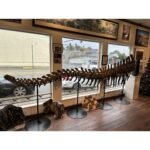

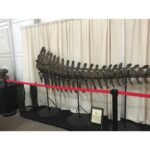
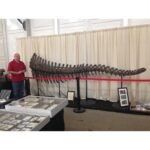
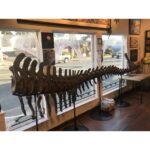


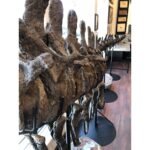


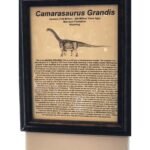
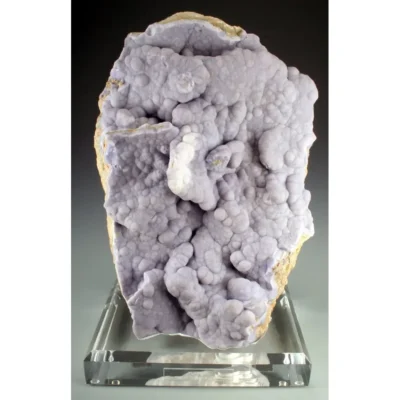

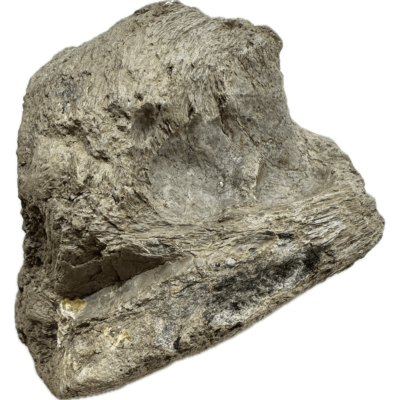
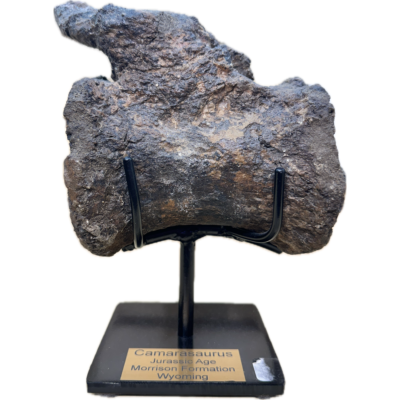
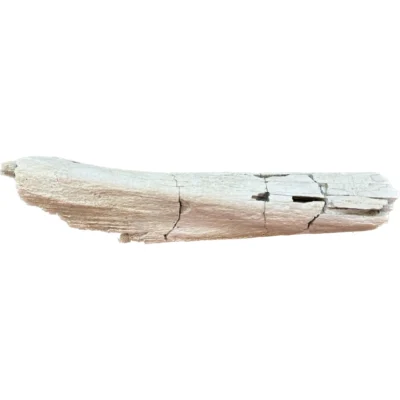
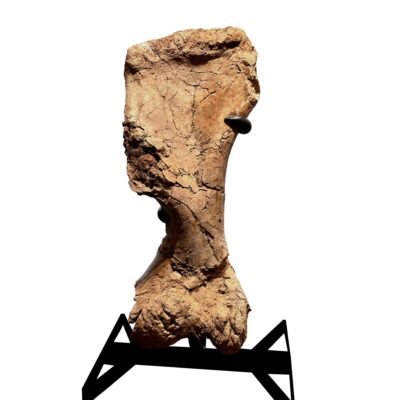
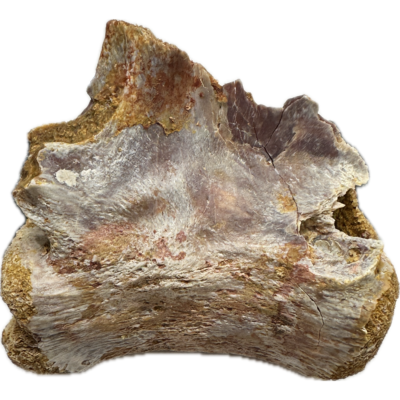
There are no reviews yet.